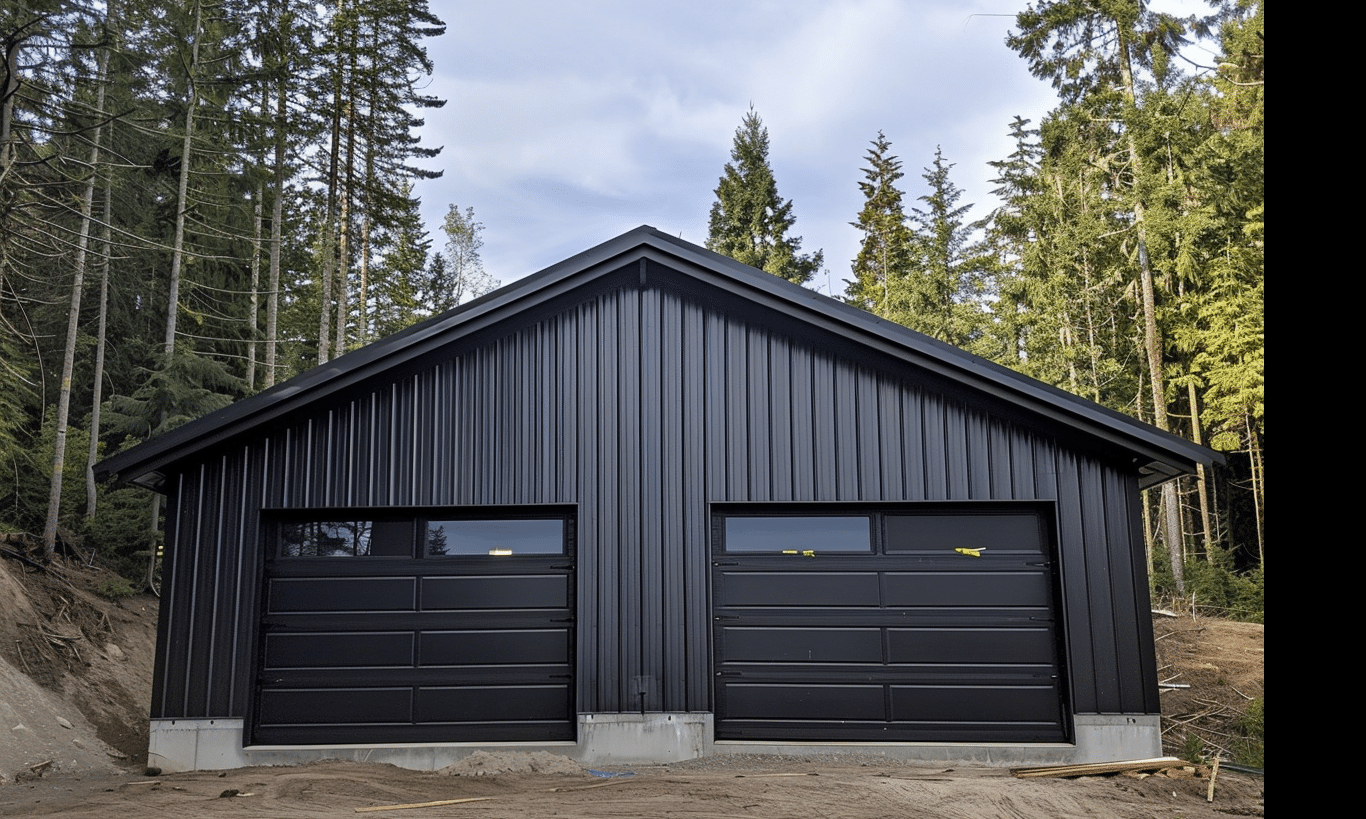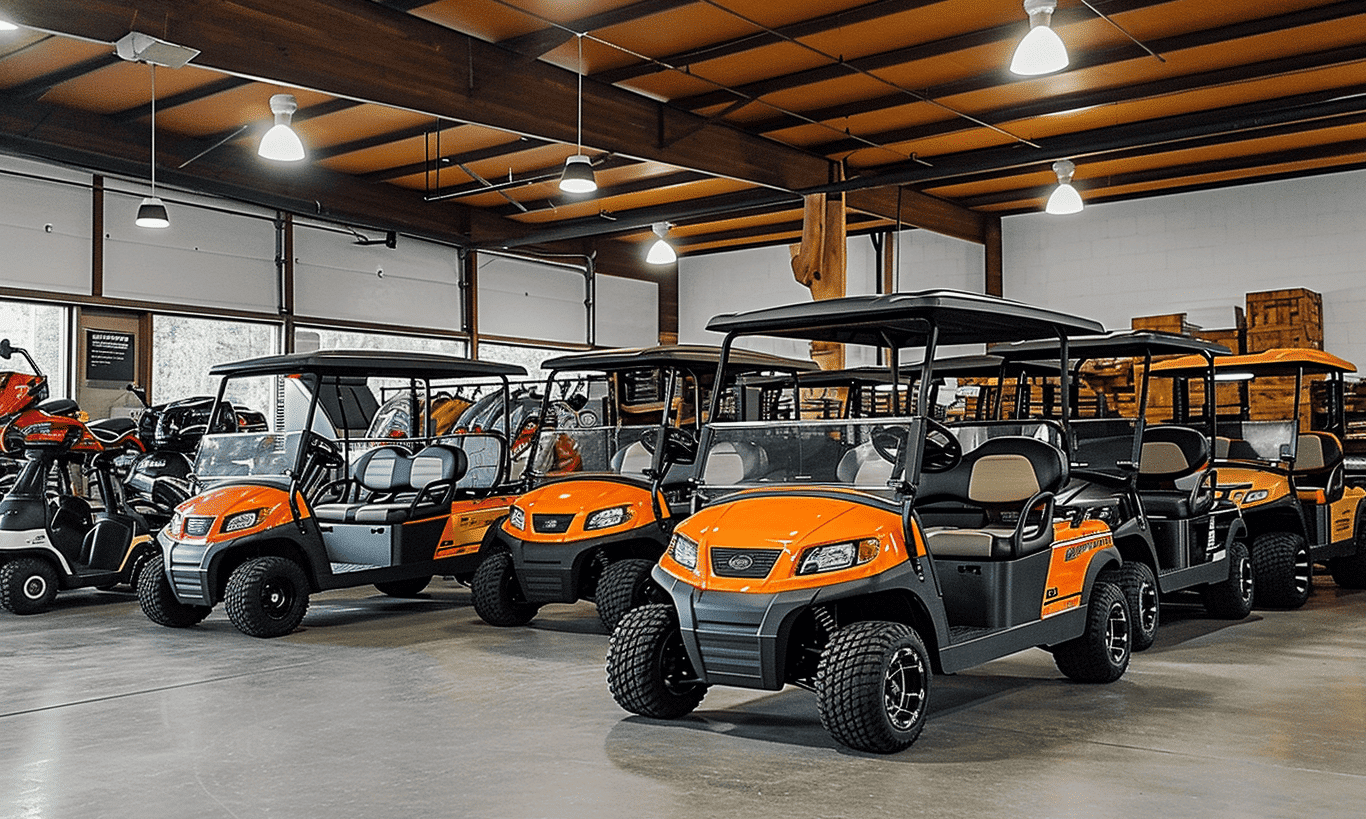Harnessing the power of the wind in construction seems as modern as launching rockets into space, yet it’s as old as a child’s birthday balloon floating into the sky. This ancient force, which has filled the sails of countless ships and driven the bellowing winds of Western prairies, now finds itself at the forefront of sustainable building practices. Welcome to the realm of wind energy in construction, where whispering breezes become the lifeblood of innovation.
###
The Rise of Wind Energy in Construction
As construction evolves, so does its relationship with renewable energy. While technologies such as Solar Energy in Construction have carved their well-deserved space in the industry, wind energy is stepping into the limelight. But why wind?
Wind energy in construction offers a compelling advantage — it’s both plentiful and, crucially, local. Unlike importing fossil fuels or relying solely on solar power, wind offers its savings where buildings stand. Just imagine steel structures standing like sentinels in a field, effortlessly drawing energy from the breeze to power heating, lighting, and more.
###
Understanding the Mechanics of Wind Power
The concept is simple yet ingenious: capture wind using turbines to convert kinetic energy into electricity. Even on rain-soaked landscapes of modern agriculture buildings or bustling urban environments, these turbines are the windmill of the 21st century, offering new possibilities in construction.
Building-integrated wind turbines work in harmony with existing mechanical and electrical systems to ensure maximum efficiency and minimum environmental impact. They weave seamlessly into the fabric of a building’s architecture, much like the threads in a tapestry, ensuring sustainability and aesthetics go hand in hand.
###
Benefits of Wind Energy in Building Structures
Incorporating wind energy in construction is not only about sustainability; it’s like choosing a gift that keeps on giving. Beyond monetary savings from reduced energy bills, utilizing wind also enhances building resiliency and energy independence. Consider these key benefits:
– **Reduced Operational Costs:** By generating their electricity, structures equipped with wind turbines can significantly reduce utility expenses.
– **Enhanced Energy Efficiency:** Integrating wind energy technology boosts the overall energy performance of the building.
– **Environmental Sustainability:** Using wind reduces carbon footprints, a vital step toward combating climate change. To understand further, explore the environmental benefits of steel buildings.
###
The Technological Synergy in Construction
Can wind harmonize with other energy sources? Absolutely. Consider a structure employing a hybrid approach: integrating wind, solar, and even geothermal heating and cooling systems. This synergy results in a more resilient and self-sufficient building, resilient to fluctuating energy prices and supply chain disruptions.
Furthermore, innovations in storage and load management ensure that the power harnessed from wind is stable and reliable. These advances create an ecosystem of sustainability — think of it like a well-rehearsed symphony where each instrument contributes to a melodious whole.
###
Addressing the Challenges of Wind Energy Adoption
While promising, the integration of wind energy in construction doesn’t come without hurdles. It’s a delicate dance balancing cost, logistical concerns, and regulatory compliance. Each site demands unique analyses before deploying turbines — from wind speed studies to navigating zoning laws. Collaborating with industry experts, such as Natural Resources Canada – Wind Energy in Construction, can offer valuable insights.
Moreover, considering the initial installation cost and maintenance of wind technology is critical. However, observing the long-term economic benefits and sustainability incentives often outweigh these initial investments.

In bridging innovation and functionality, a prime example can be seen in industrial spaces like this garage in British Columbia, brimming with potential not just in design, but in energy sustainability as well.
###
Future Prospects: What Lies Ahead?
We stand on the precipice of a greener era. Imagine high-rise urban centers breathing life from the winds that encircle them, much like trees bathing in sunlight. Employing wind energy in construction complements global sustainability goals, encouraging builders and policymakers alike to invest in these green technologies.
Advancements in aerodynamics and materials are key to improving wind turbine efficiency specifically tailored for urban environments. These innovations could very well set the stage for the next breakthrough in energy solutions.
###
Final Thoughts: Breathing New Life into Construction
Incorporating wind energy in construction is more than just a technological upgrade; it’s a commitment to nurturing the environment and building a sustainable future. Just as architects blend form with function, wind energy seamlessly integrates with existing systems to provide a vision of progress in harmony with nature.
In this pursuit of embracing the power of clean energy, innovation will continue to flourish, drawing us ever closer to a sustainable tomorrow. The humble breeze that fills the trees may soon be the cornerstone of our modern landscape, sending ripples through our energy systems like a pebble cast into a serene pool.
As the winds of change continue to gather, capturing its strength within our buildings could very well be the new expression of architectural elegance and sustainability, paving the way for generations to marvel at our ingenuity.










